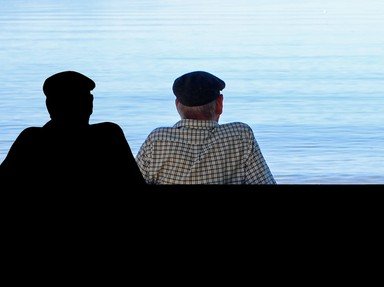Quiz Answer Key and Fun Facts
1. This actress, born in Kingston-upon-Hull in 1903, become one of the first British Hollywood stars of the 1920s.
2. A famous professional oarsman in the mid-19th century, this Tyneside sportsman was also an innovative racing boat designer.
3. Giovanna Baccelli was a ballet superstar in the late 18th century, and a major celebrity whose every movement was followed avidly by the press. What could we find in London today that reminds us of her?
4. Revd William Grimshaw was a famous 18th century preacher and a friend of the Wesleys. He lived in Haworth Parsonage in Yorkshire. Which famous writer(s) lived in the same house some years later?
5. Erasmus Darwin (1731-1802) was Charles Darwin's grandfather. Now overshadowed by his grandson, he was a leading 18th century thinker. Which of the following is NOT true of him?
6. Marie Lloyd (1870-1922) was a famous comedy singer in her day. What form of popular entertainment did she specialise in, that flourished in the late 19th and early 20th centuries?
7. Which forgotten 19th century author, known as "The Queen of the circulating libraries", regularly topped the best-sellers lists from the late 1860s until the early 20th century?
8. This 20th Century Swiss explorer broke hot air balloon records to explore the upper atmosphere in the 1930s and used his bathyscape to plumb the depths of the ocean in the 1940s. One of the captains of the USS Enterprise in the "Star Trek" franchise was named after him.
9. Thomas Fairfax fought for Parliament in the English Civil War, but which of the following was NOT one of his achievements?
10. Fanny Mendelssohn was Felix Mendelssohn, the composer's, sister. What achievement of hers only began to receive proper recognition in 2010?
Source: Author
Radain
This quiz was reviewed by FunTrivia editor
bloomsby before going online.
Any errors found in FunTrivia content are routinely corrected through our feedback system.

